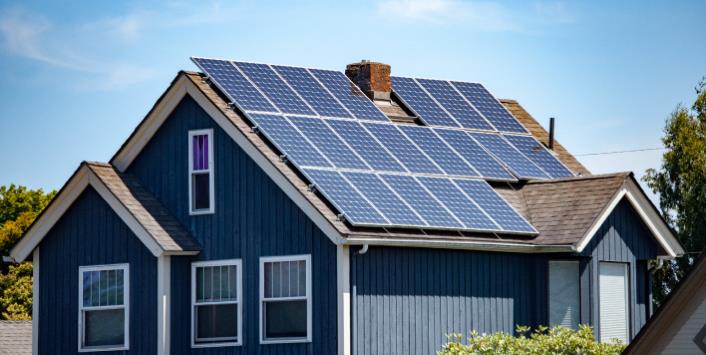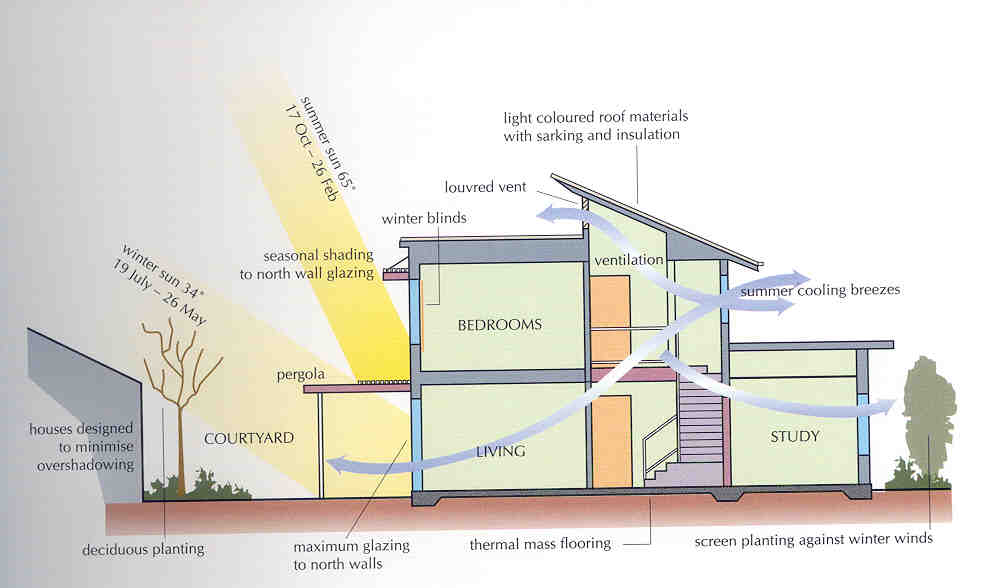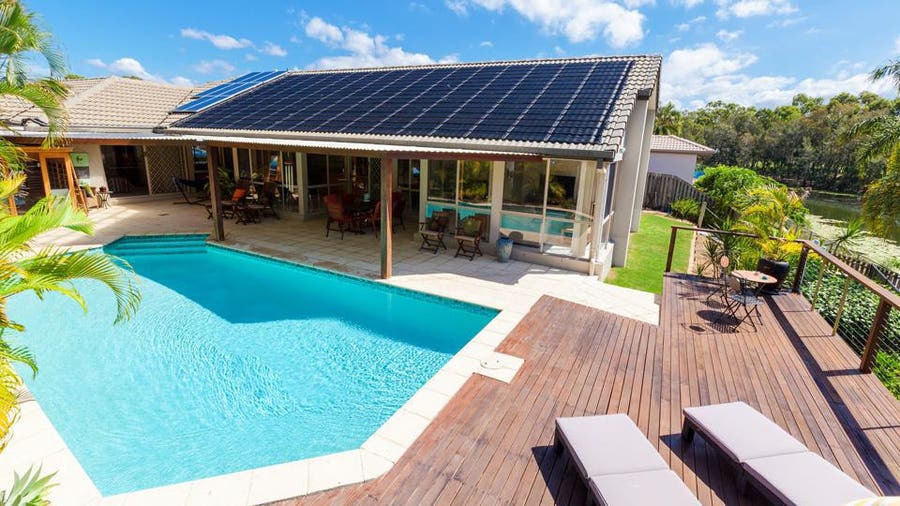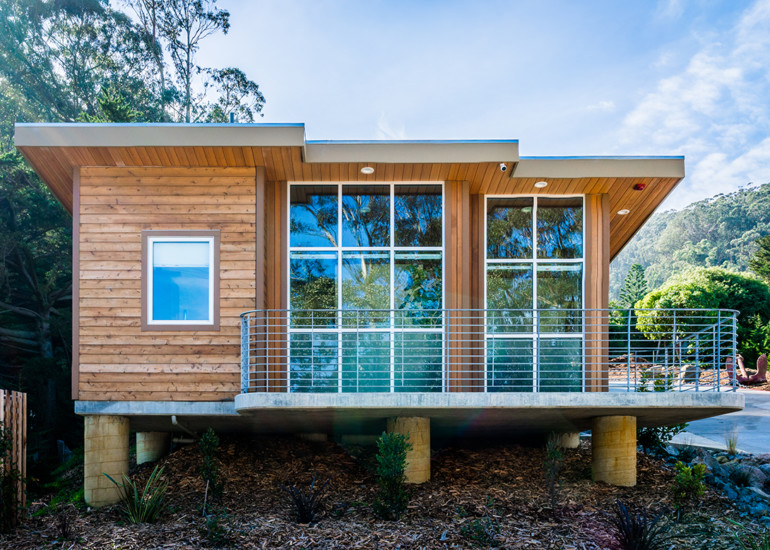
In the pursuit of a greener and more sustainable future, the seamless integration of renewable resources has become an imperative.
This article explores six techniques that offer practical and technical solutions for incorporating renewable energy sources, eco-friendly home practices, waste reduction strategies, conservation techniques, sustainable living tips, and organic gardening methods into our daily lives.
By implementing these techniques, individuals can contribute to the preservation of our planet while enjoying the freedom that comes with sustainable living.
Renewable Energy Sources
Renewable energy sources play a crucial role in achieving sustainable living by providing clean and reliable electricity through the utilization of natural resources.
As the demand for electricity continues to rise, it is imperative to explore alternative power sources that are environmentally friendly and have a low carbon footprint.
Clean energy options such as solar power, wind power, hydropower, and geothermal energy have gained significant attention in recent years due to their abundance and ability to reduce greenhouse gas emissions.
Solar power harnesses the sun's energy by converting sunlight into electricity, while wind power utilizes the kinetic energy from wind turbines to generate electricity.

Hydropower takes advantage of flowing water, and geothermal energy taps into the Earth's internal heat.
Eco-Friendly Home Practices
To achieve sustainable living, it is important to implement eco-friendly practices in our homes.
One way to do this is by using green building materials. These materials are made from renewable resources and have a lower environmental impact compared to traditional construction materials. They can include things like recycled steel, bamboo, reclaimed wood, and low-VOC paints.
Another important aspect of eco-friendly home practices is water conservation. By implementing water conservation techniques, we can reduce our water usage and minimize the strain on local water resources. Some effective techniques include installing low-flow faucets and showerheads, using rainwater harvesting systems for irrigation, and fixing any leaks promptly.
Waste Reduction Strategies
In the pursuit of sustainable living, it is imperative to seamlessly transition from eco-friendly home practices to waste reduction strategies.
One effective waste reduction strategy is composting, which offers numerous benefits. Composting is the process of decomposing organic waste materials, such as food scraps and yard waste, into nutrient-rich soil. By diverting these materials from landfills, composting helps reduce greenhouse gas emissions and minimizes the need for chemical fertilizers.
Additionally, the resulting compost can be used to enrich soil, promote plant growth, and improve water retention. Implementing composting as part of a circular economy approach allows for the efficient use of resources, as organic waste is transformed into valuable compost, closing the loop on the waste stream.

Conservation Techniques
Conservation techniques play a crucial role in achieving sustainable living by preserving and efficiently managing natural resources.
Energy efficiency techniques are essential in reducing energy consumption and minimizing the environmental impact. This can be achieved through measures such as improving insulation, using energy-efficient appliances, and implementing smart energy management systems.
Water conservation methods are also important for sustainable living. These methods include reducing water usage through efficient irrigation systems, collecting rainwater for non-potable uses, and fixing leaky pipes and faucets. Additionally, greywater recycling systems can be implemented to reuse wastewater for non-drinking purposes.
Conservation techniques not only help in reducing resource depletion but also lead to cost savings and a healthier environment. By adopting these techniques, individuals and communities can contribute to a more sustainable future.
Sustainable Living Tips
Implementing sustainable living practices is crucial for creating a harmonious balance between human activities and the environment, fostering long-term resilience and resource efficiency.
One key aspect of sustainable living is the use of energy efficient appliances. By choosing appliances that consume less energy, individuals can significantly reduce their carbon footprint and contribute to a more sustainable future. Energy efficient appliances, such as refrigerators, washing machines, and air conditioners, are designed to minimize energy consumption without compromising performance.
Another important aspect of sustainable living is water conservation. Simple methods like fixing leaky faucets, using low-flow showerheads, and collecting rainwater for gardening can help conserve water resources.

Organic Gardening Methods
Organic gardening methods play a crucial role in sustainable living by promoting soil health and natural pest control.
Maintaining the health of the soil is essential for the growth of healthy and productive plants, as it provides essential nutrients and supports beneficial microbial activity.
Additionally, employing natural pest control methods helps minimize the use of harmful chemicals, ensuring the safety of both the environment and the individuals consuming the produce.
Soil Health Importance
To achieve sustainable living through the seamless integration of renewable resources, it is essential to prioritize the significance of soil health and employ effective gardening methods that promote organic practices.
Soil health plays a vital role in supporting plant growth and maintaining ecosystem balance. Implementing organic gardening methods not only helps in preventing soil erosion but also facilitates nutrient cycling, which is crucial for sustaining healthy soil.
Soil erosion prevention is achieved by using techniques such as contour plowing, terracing, and cover cropping. These methods help to minimize the loss of topsoil due to water runoff and wind erosion.
Additionally, organic gardening practices promote the use of compost and natural fertilizers, which aid in nutrient cycling and enhance soil fertility.

Natural Pest Control
In the realm of sustainable living, the implementation of natural pest control techniques within organic gardening methods is paramount. These techniques not only eliminate the need for harmful chemical pesticides but also promote a balanced ecosystem in the garden.
Here are some effective methods for natural pest control:
- Biological control: Encourage beneficial insects, such as ladybugs and lacewings, to thrive in your garden. These insects prey on harmful pests like aphids and caterpillars, keeping their populations in check.
- Companion planting: Planting certain crops together can help repel pests. For example, marigolds can deter nematodes, while basil can repel mosquitoes and flies.
- Crop rotation: Rotate your crops each season to disrupt pest cycles. This prevents pests from building up in the soil and reduces the risk of infestations.
- Physical barriers: Use netting, row covers, and fences to physically block pests from accessing your plants.
Frequently Asked Questions
How Can I Determine Which Renewable Energy Source Is Most Suitable for My Home?
Determining the most suitable renewable energy source for a home involves conducting a feasibility study and cost analysis. By evaluating factors such as location, energy requirements, and budget, homeowners can make informed decisions to integrate sustainable resources effectively.
Are There Any Government Incentives or Subsidies Available for Implementing Eco-Friendly Home Practices?
Government incentives and subsidies are available to encourage the implementation of eco-friendly home practices. These initiatives aim to support and reward individuals and businesses that adopt sustainable measures, contributing to a greener and more sustainable future.
What Are Some Effective Waste Reduction Strategies That Can Be Easily Implemented in Everyday Life?
Waste reduction techniques are essential for everyday sustainability practices. Implementing strategies such as recycling, composting, and reducing food waste can greatly contribute to minimizing environmental impact and promoting a more sustainable lifestyle.
How Can Conservation Techniques Be Incorporated Into Urban Living Environments?
Conservation techniques, such as the implementation of green infrastructure, can be incorporated into urban living environments to promote sustainability. These strategies aim to minimize resource consumption, reduce waste, and enhance the overall quality of urban life.
Are There Any Specific Organic Gardening Methods That Work Best for Growing Vegetables or Fruits in Small Spaces?
Container gardening and vertical farming are effective techniques for growing vegetables and fruits in small spaces. These methods allow for efficient use of limited area, making them ideal for urban environments.

 Family Craft ProjectsHome ImprovementCooking and BakingReuse and RecycleDIY GiftsEco-Friendly ProjectsDIY Home SolutionsSeasonal ActivitiesFun and GamesLearn TogetherPrivacy PolicyTerms And Conditions
Family Craft ProjectsHome ImprovementCooking and BakingReuse and RecycleDIY GiftsEco-Friendly ProjectsDIY Home SolutionsSeasonal ActivitiesFun and GamesLearn TogetherPrivacy PolicyTerms And Conditions

 Family Craft ProjectsHome ImprovementCooking and BakingReuse and RecycleDIY GiftsEco-Friendly ProjectsDIY Home SolutionsSeasonal ActivitiesFun and GamesLearn TogetherPrivacy PolicyTerms And Conditions
Family Craft ProjectsHome ImprovementCooking and BakingReuse and RecycleDIY GiftsEco-Friendly ProjectsDIY Home SolutionsSeasonal ActivitiesFun and GamesLearn TogetherPrivacy PolicyTerms And Conditions
